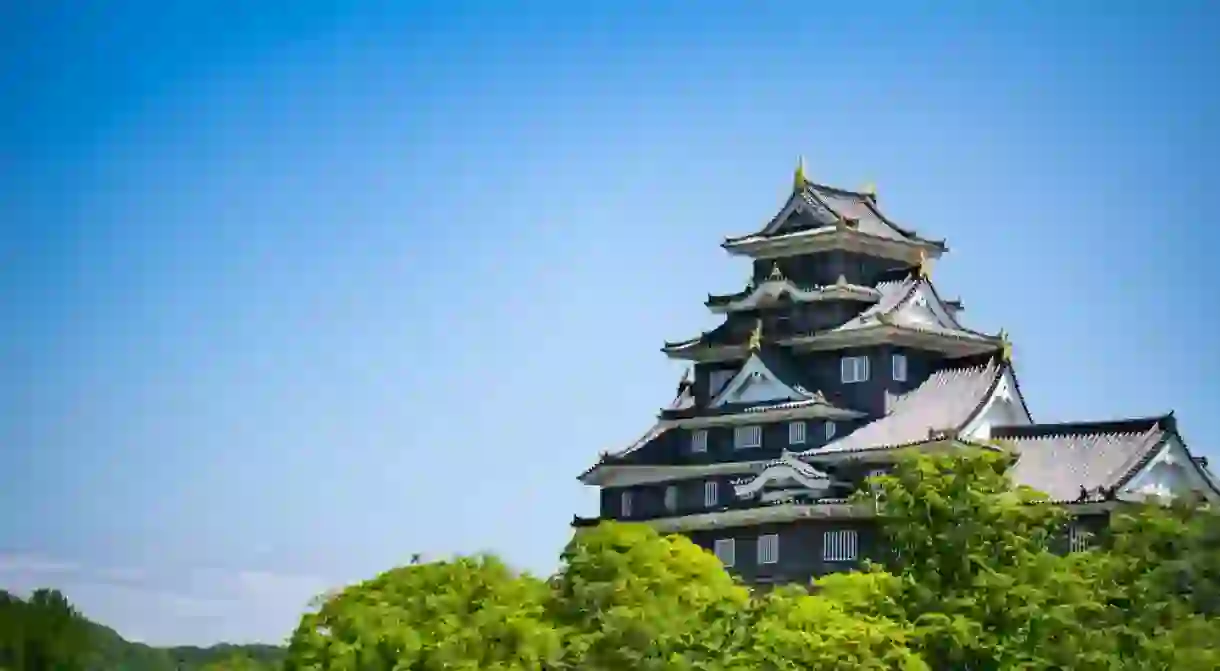The Most Beautiful Castles In Japan

You might often imagine Europe as the land of castles, moats, and medieval battles. Yet, the castles of samurais and regional lords in Japan harbor dramatic histories of their own. Check out this list of the 10 most beautiful castles in Japan.
Himeji Castle - Hyogo
Park

This hilltop castle is located in Hyōgo Prefecture. The castle complex comprises 83 buildings and Himeji Castle is said to be the most pristine example of traditional Japanese castle architecture. Its exterior is a dazzling white, and many say that the structure resembles an egret taking flight. The samurai warrior Akamatsu Norimura built the castle in 1333 as a fortress, and the initial structure has been subject to significant remodeling schemes over the course of the past several centuries. Namely, several buildings were added as the castle changed hands. The castle miraculously survived WWII unscathed even though surrounding areas were bombed mercilessly. Like many castles on this list, Himeji Castle is a UNESCO World Heritage Site.
Matsumoto Castle
Building

Nagoya Castle
Building

Osaka Castle
Architectural Landmark, Historical Landmark

Matsue Castle
Architectural Landmark, Historical Landmark
Completed in 1611, Matsue Castle is one of the few remaining medieval castles to still contain its original wooden structure. Though the fact that the castle is predominantly wooden, a major fire hazard, the castle was built after the great war of feudal Japan, so it never saw battle. It is nicknamed the ‘plover castle’ due to its structure and coloring, which is reminiscent of the type of bird. It is one of the oldest castles in Japan and the only one remaining in the Sanin region. For a 234-year reign spanning over ten generations, Naomasa Matsudaira and his descendants ruled the castle. Today, only the castle tower remains.
Hirosaki Castle
Park
Hikone Castle
Historical Landmark, Architectural Landmark
The Hikone Castle is located in the Shiga Prefecture. It is considered to be the most important historical building in the entire region and was constructed at the orders of the son of the reigning regional lord, or daimyo. During the Meiji Period of the late 1800s, many castles were commissioned to be dismantled. Hikone Castle was spared by request of the Emperor himself. Many features of the castle are, indeed, considered Japanese cultural assets. These include the stable and three different turrets incorporated in the castle’s architecture. In addition to the Matsue Castle, the Hikone Castle is another on this list that still has its original structure.
Shimabara Castle
Historical Landmark, Architectural Landmark
You will find Shimabara Castle in the Nagasaki Prefecture. It is a hirajiro castle that is located near Mount Unzen and Ariake Bay. Shimabara Castle is known for its moats, which are up to 15 meters deep and 50 meters wide in some areas. The daimyos of Shimabara Castle fostered an oppressive regime, executing many Christians living in their territory and significantly raising taxes to pay for the castle. In the late 1800s, part of the castle was turned into school grounds and much of it became farmland. The castle is now a museum that contains exhibits on local culture and the Shimabara Rebellion during feudal times.
Shuri Castle
Architectural Landmark, Historical Landmark
Okayama Castle
Historical Landmark, Architectural Landmark
One of many castles located in Okayama Prefecture, this castle was built in 1597 after almost 20 years of construction. Its owner was captured just three years later and died shortly thereafter without leaving an heir. It is also nicknamed the ‘crow castle’ because of its black exterior, which is often contrasted with the neighboring, white Himeji Castle. In its heyday, the roof of the main keep consisted of gilded tiles and golden fish gargoyles. Okayama Castle’s main tower was destroyed during WWII. During the 1960s, the castle was restored, and its interior now features air conditioning and elevators. The golden fish gargoyles have been returned to their perches, and entry to the inner sanctuary is free. Here you can find multiple displays explaining the castle’s history.
Peaked your interest? Take an in-depth look at one of Japan’s best preserved feudal castles. Not sorted your accommodation in Japan? Culture Trip’s got you covered with a selection of the best hotels across the country. Save don’t splurge with our selection of the best cheap hotels, or treat yourself to something more lavish and book a room at one of Japan’s most luxurious hotels.













